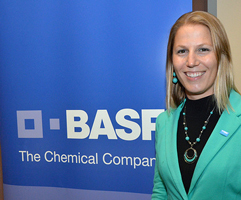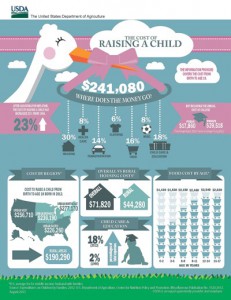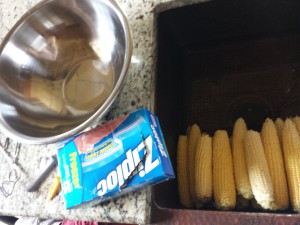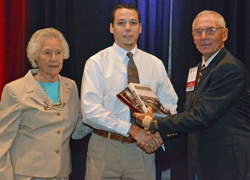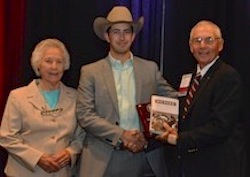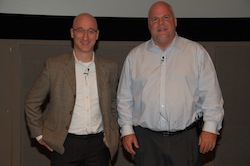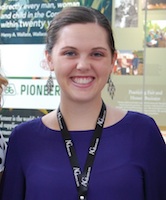The National Agri-Marketing Association (NAMA) will honor four recipients of the 2013 Professional Development Awards of Excellence on Wed., Sept. 18 at the NAMA Fall Conference in St. Louis. These awards honor NAMA members based on outstanding achievement in the professional development areas. This year, Awards of Excellence will be presented in the areas of marketing communications, public relations, product/species management and sales. Click here for more information on the Fall Conference.
Marketing Communications – Gary Sakin, Monsanto
Gary joined Monsanto in November of 2006, and has made impactful changes to how Monsanto approaches branding, measures marcom impact, and engages with its audiences.
Public Relations – Linda Romander, Broadhead
A senior public relations manager at leading agribusiness marketing agency broadhead., Linda has achieved a great deal since her arrival in 2005. Since day one, she has fast become the go to resource for clients seeking sound PR strategy and vision, as well as a mentor for our firm’s younger staff and teams.
Product/Species Management – Zach Hetterick, Case IH
Zach has distinguished himself in the past two years, leading the charge at Case IH for the Livestock/Hay/Forage business as Livestock Marketing Manager. While in this role, he has successfully spearheaded several new product launches, including the Case IH LB4 large square baler, and current launches for the WD3 series windrower, DC3 series disc mower conditioner, and RB565 round baler.
Sales – Jay Carlson, Penton Media – BEEF Magazine
As regional sales manager for BEEF magazine and its digital communications properties, Jay is arguably the nation’s top marketer on a volume basis of print and online livestock advertising. He has been a key innovator in U.S. livestock publishing, developing a number of key instruments and programs that continue to meet the needs of both U.S. livestock producers and U.S. product marketers.


